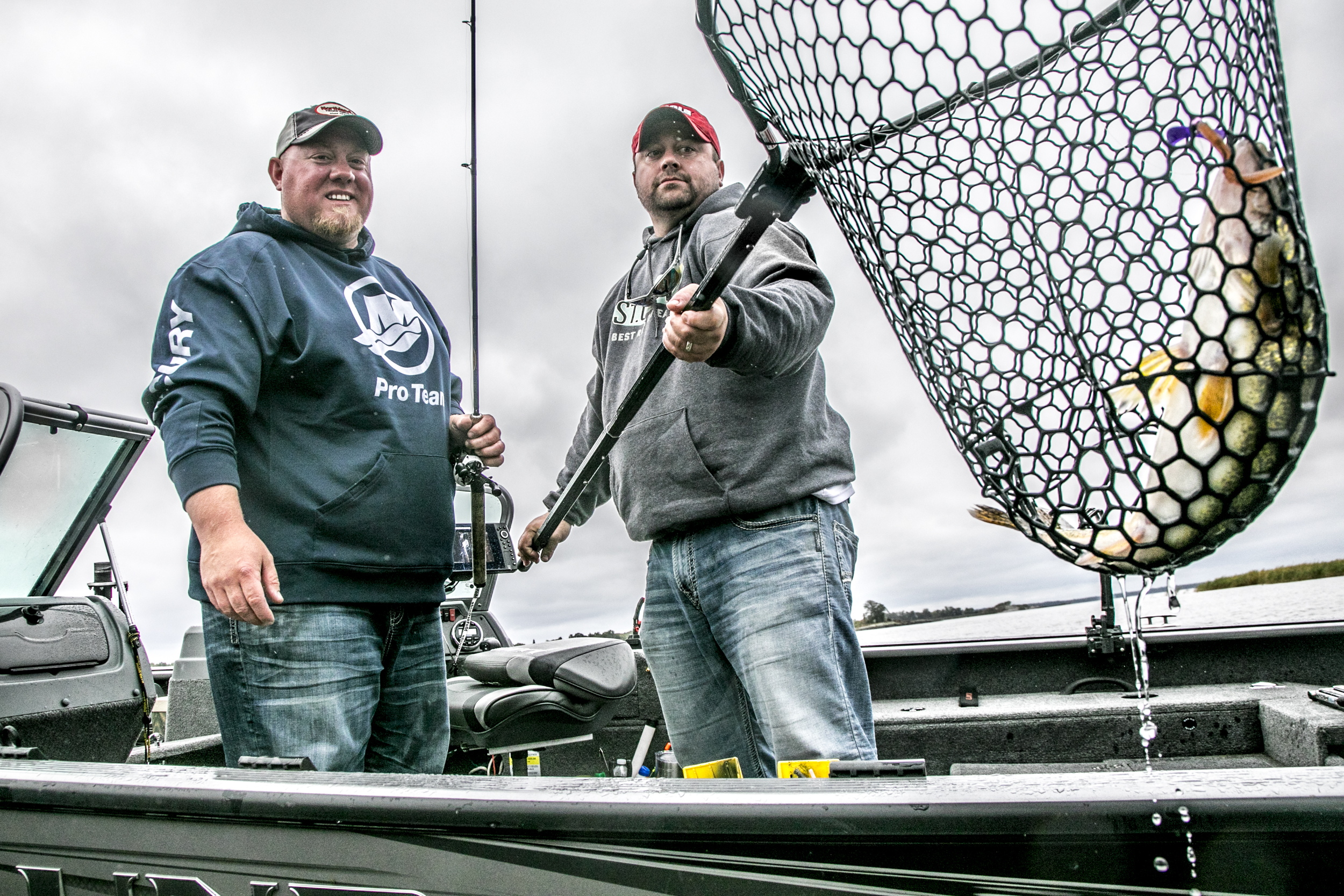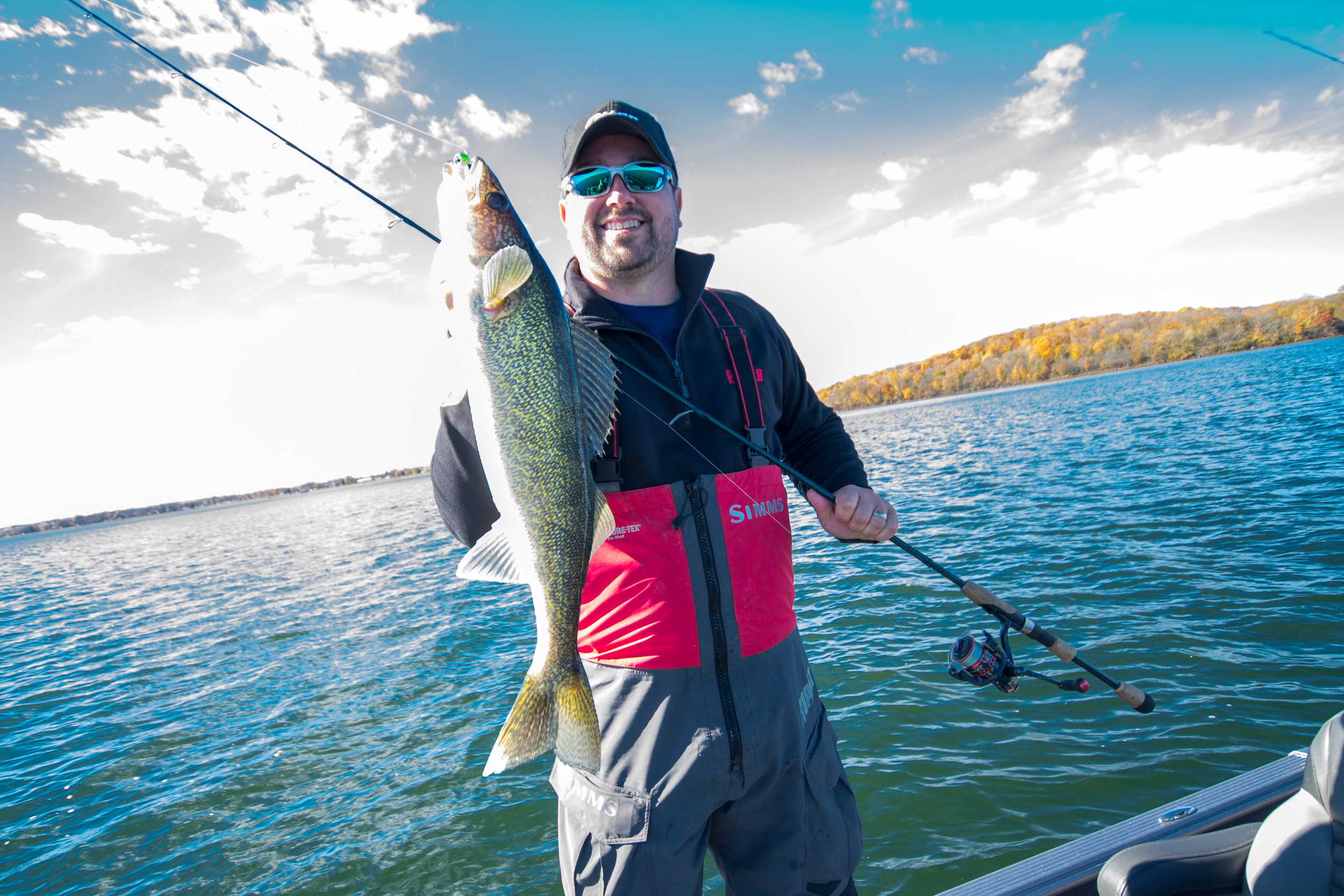Summer in the northern states is just this incredible phenomenon. It cannot come soon enough, so immediately upon arrival we bask in its glory. June for me is one of the fishiest months of the year and always goes by too quickly. So we do our best to keep up with the fishing trips we have scheduled and by July and into August, we can be lulled into a sense of endless summer. Hot days, thunderstorms, and life’s commitments cause us to get a bit choosy with our fishing, myself included. Then predictably, summer up and goes south for the winter, leaving us bitter and remorseful of the many fishing days we chose to do something else “really important.”
Though some of the fishiest folks I know still complain about not going fishing enough, a few quick evening fishing sessions can be the very best antidote for that feeling come late fall. Rarely has anyone regretted an evening on the water, and short sessions can be just as rewarding as all day trips. That is, if you plan for them accordingly. Here is a few things to keep in mind that will launch you out the door and on the lake with limited time to fish:
Boat – Fishing from shore can have its advantages for the after-work-angler, as a boat can actually be the number one deterrent to hitting the water in short order. That is especially true if you have been neglecting some messes. Whether it be simply storing your tackle and gear away, or anything from trailer light issues to nagging motor problems, having the boat in tip-top shape well beforehand keeps you from walking past it in the morning and throwing in the towel. That’s why the best guides I know do their rigging and boat prep the night before, or well in advance of when they’ll be using their boat. It is amazing how much a well-cleaned and clutter-free boat wants to be hooked up to the truck more often.
Non-Essential Fishing Items – Too many short trips are bogged down by non-essential items like bait, the latest lures you want to throw, or even all of your rods. If you approach it from the standpoint of any fishing is better than no-fishing, your world is colored a bit differently. Sure, there will always be some bites that require specific gear, tactics, and styles of equipment to help you be more successful, but if you only have two hours to wet a line, you probably will not need 3 or 4 patterns worth of bait, tackle, rod/reel, and line setups ready to roll. Keep the staples on hand and be ready to fish.
Supplies - On nights like these, time is the one commodity you cannot compensate for. That means that chock-full gas tanks, supper, ice-cold beverages, or sometimes-even snacks are things that can wait. If you are with kids, add snacks and drinks to the mix for sure, but do your best to limit the luxury items and especially stops if you can help it. I’ve been the guy that stops to top off the tank, then grabs a bite to eat, only to forget ice and drinks; putting me on the lake with about an hour to fish. That is a letdown no matter what you are fishing for and how dialed-in the bite is.
Plan – I do my best to have a plan when I hit the water no matter how much time I have to fish, but that could be even more important when the sun is diving. If it is a lake I have never fished before, I have two spots I’d love to hit in detail, and I study the contours to develop a mental plan of action. Knowing the lake or river you fish certainly helps, but it can also hurt. A similar plan of attack is best should you fall prey to “fishing a memory” and hanging in that location far too long. Spend more time on different locations, being vigilant to hit even more spots in an effort to find fish quickly.
On the Water - From a fishing perspective when I do hit the water, I am looking to do only one or two things that I will live or die by. Personal experience, time of year, or other local knowledge certainly helps, but you can also turn it into an information gathering session or experimental bite night. These short fishes can be the best way to dabble in new techniques or spots, giving you the confidence it takes to give it half or a whole day’s attention later. Whatever you choose, do your best not to switch back and forth to too many different techniques or you’ll spend more time rigging than fishing. Sometimes power fishing methods of trolling or active casting can be the best way to catch active fish and cover water in a short amount of time, and take that into account if you’re thinking about bobbering, rigging, or picking apart areas that can drain the clock.
So do your prep ahead of time, have that boat ready, and keep in mind that there’s few things you’ll actually NEED once you slide off the trailer and into the water. Have a plan but keep it a simple one, such that you spend more time casting the summer away, rather than once again regretting its passing.





